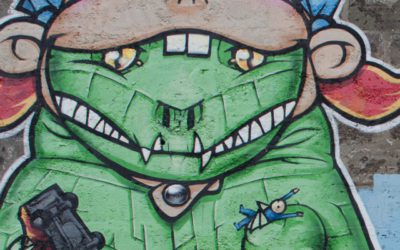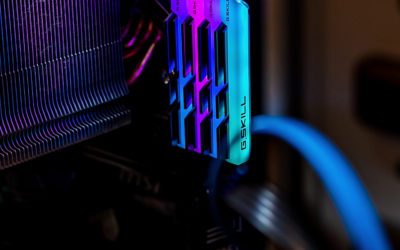This is the article about zoom lenses vs. prime lenses that I wish I had read before I ventured into the DSLR world.
The purpose of this blog post is to give the reader a peek into my photography style and philosophy. And, it’s also to give new photographers advice on what equipment to invest in, for example between zoom lenses and prime lenses.
Note: this article is geared more towards portraiture than anything else because that is my specialty, but I also touch on landscape and travel photography here.
My first DSLR (digital single-lens reflex camera) was a Nikon D5100. This camera came with two detachable zoom lenses (called “kit” lenses). A wide-angle 18-55mm and a telephoto 55-200mm. I used the 18-55mm of the zoom lenses far more often, so that’s the lens I’ll be discussing here when I write about zoom lenses. Since this is a lower-quality lens built for smaller, cropped-sensor cameras, it is light, has mostly plastic parts, and not a lot of quality glass.
Another drawback to this lens is the maximum aperture. The widest open this lens can be is f/3.5 at one end of its zoom range and f/5.6 at the other. This means that only a moderate amount of light can enter the lens and end up in the image sensor. In my opinion, the biggest drawback is that you can’t get that creamy background and stunning bokeh that comes from shooting with a low aperture number (wide open, or fast lens). With a smaller aperture, you also have to either decrease your shutter speed (resulting in blurry photos), or increase your ISO (resulting in noise).
Prime lenses, on the other hand, have one fixed focal length, and most have larger aperture (smaller f/stop numbers). This means they are able to open wider and let in more light.
This is the chart I have found most helpful in understanding the effect of aperture on photos.
When I decided to buy my first prime lens it was for two reasons:
1. To be able to shoot wider open, with a larger aperture, which allows for photos in low light situations as well as those creamy bokeh backgrounds.
2. To challenge myself in terms of composition and focus.
I felt like I had been relying too much on the ability to zoom in or out to get the best composition, rather than moving around or putting more thought and planning into my shots.
50mm Prime – “Nifty Fifty”
I was on a budget but didn’t want to buy any super cheap knock-off prime lenses, and after a bit of digging I found the Nikon AF Nikkor 50mm f/1.8 D. This lens has AF, for auto-focus, in the title, but that just means it will work in an auto-focus enabled, camera. Unlike most other lenses for sale for modern DSLRs this lens does not have its own focusing motor. This keeps it small and light, but means it would not auto-focus with my Nikon D5100. This made the lens great as a training exercise: it forced me to “zoom with my feet” as well as to practice manual focusing. This lens does auto-focus with a higher-end camera like the Nikon D750 since that camera has a focus motor (a little flat head pin that fits into the base of the lens).
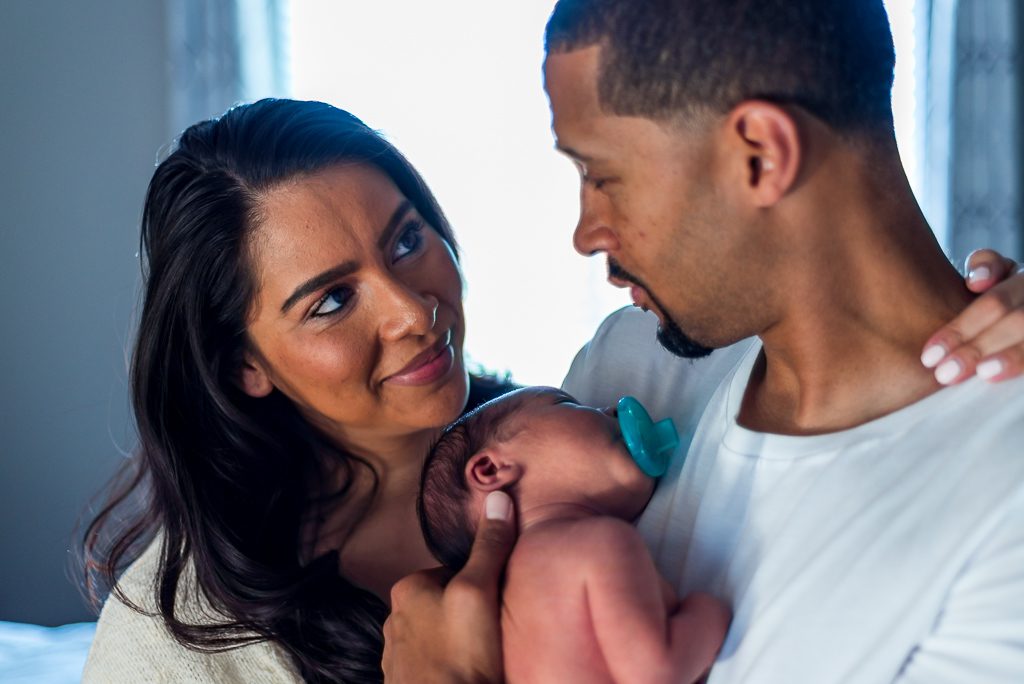
f/1.8, 1/80 sec, ISO 320

f/5, 1/200 sec, ISO 100
The 50mm is a good portrait lens for when you’re in too small a space for the 85mm.
85mm lens – Perfect for Portraits
The next lens I bought was a used Sigma 85mm f/1.4.
This is currently my favorite lens. Looking at my metadata in Lightroom, I’ve taken more than twice as many shots with this lens as my next most frequently used lens. This isn’t even in Sigma’s Art line, it’s a bit older, but it is wonderful.
If I were to recommend any lens to someone wanting to get into portrait photography it would be an 85mm.
Sigma makes one, Nikon makes one, Canon makes one, Sony makes one (Tamron only offers this in f/1.8, which is fine, for a photographer on a budget).

f/4, 1/800 sec, ISO 100
My Sigma 85mm is the lens that taught me to train my eye to see in a particular focal length (I can imagine what a scene will look like through this lens before I hold it up to my eye, and I know how far away from a person I have to stand to get just their face, vs their whole body).
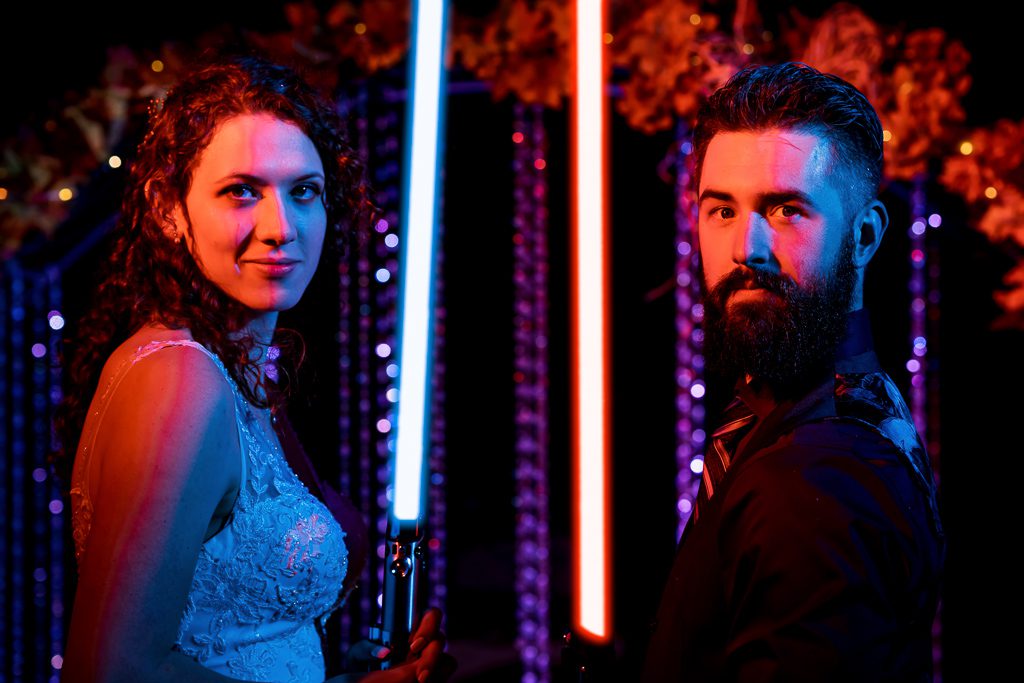
f/2.8, 1/320 sec, ISO 400
I purchased this lens before I had a full-frame camera. On a crop-sensor, this lens is more like a 135mm, and I didn’t love that. It’s way too long a focal length for cramped spaces or many full-body shots. Once, I got my full-frame D750 though, this lens became my favorite. This lens makes it very easy to produce creamy bokeh backgrounds for two reasons; the 85mm focal length makes it easy to get distance between your subject and background, and that ultra-low aperture number: f/1.4. Almost any shot taken below aperture 2.8 and with your subject at least 6 feet away from a background, which gives a great blur to that background.

f/1.4, 1/400 sec, ISO 400
20mm – Wide Angle Wonder
The third prime lens that I bought was the Sigma 20mm f/1.4 Art.
I bought this lens new, and it is a lovely beast. It is big and takes great photos. My only gripe with it is that the front element bulges out so much that it does not accept threaded filters. This makes me nervous to shoot without a protective UV filter, and I have already scratched this lens (and of course I never scratch filters, go figure). This 20mm is about the lowest focal length you can go before being considered ultra-wide or fisheye. This lens is very challenging to use for people portraits, I never use it very close-up. It is great for portraits where you want to feature the environment, or for group shots.
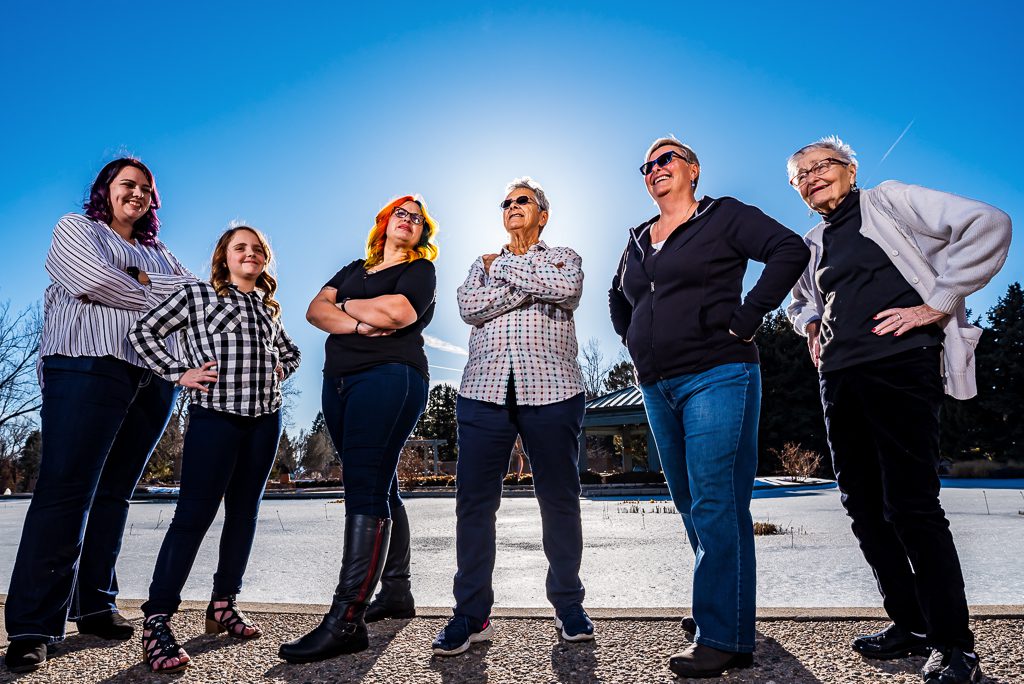
f/9, 1/1000 sec, ISO 100
The 20mm is probably my favorite lens for dog portraits! Most dogs love getting in close to check out a lens, and this lens gives their snout and face adorable distortion.
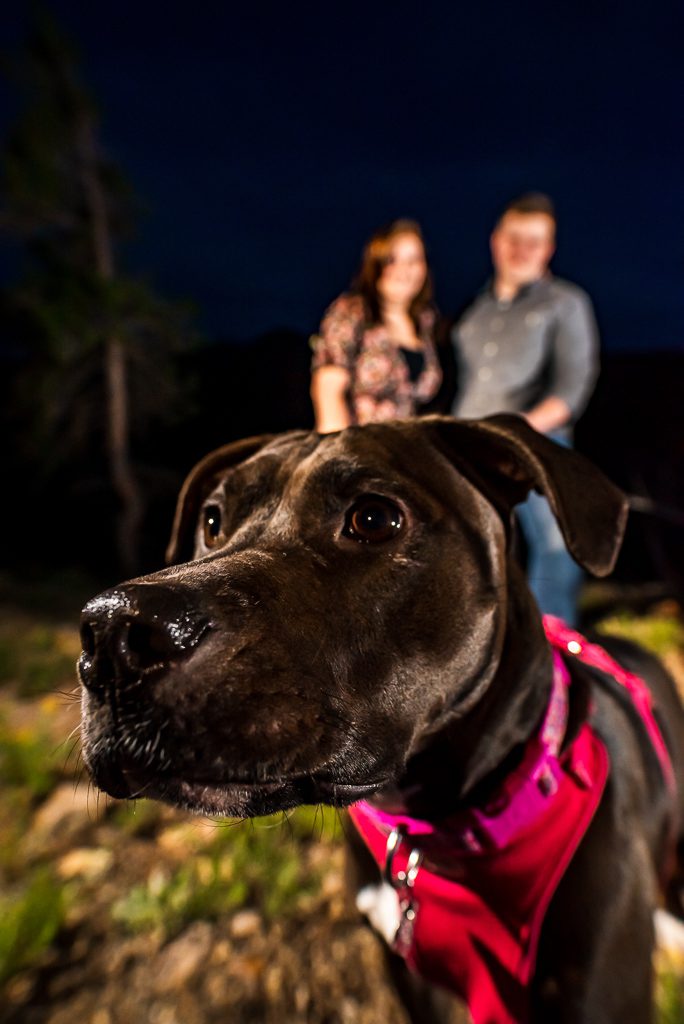
f/5, 1/160 sec, ISO 1600
This kind of distortion is not generally what you want with portraits of people! But you can get some cool action shots with it.

f/2.5, 1/320 sec, ISO 200
35mm – Flexible Fun
My fourth prime lens (yes! I’m an addict!) was a Sigma 35mm f/1.4 Art.
But after a few months of use, it kept missing focus, even after calibrating it with a focus card and Sigma’s USB dock, so I traded it in for the Nikon 35mm f/1.8, which I love, and is a lot lighter (Sigma are lenses are big and heavy!).
I bought this lens right before a road trip to Michigan and only brought this lens as a way to force myself to learn what 35mm looks like. What a great focal length for travel! It’s wide enough to get good vistas for landscapes, but it also makes for a great portrait lens.

f/5.6, 1/500 sec, ISO 100

f/3.2, 1/320 sec, ISO 200

f/1.8, 1/160 sec, ISO 800
TLDR: using prime lenses will make you a better photographer!
I look back now to my zoom lens days and my growth was so limited. Once I switched to prime lenses I really started to think like a photographer. The prime lenses I’ve discussed here are high quality enough to capture sharp, beautiful images, even in low-light, but they’re not expensive enough to break the bank.
My number one piece of advice for a new photographer interested in portraits: invest in one solid prime lens.
I’d even suggest skipping the kit zoom lenses altogether. Buy just a camera body and one prime. If you have a crop-sensor (APS-C) DSLR (generally the cheaper ones), then I suggest buying a 35mm, since that will look more like 52mm with 1.5x crop factor. This advice can also work for mirrorless cameras, it’s all the same basic concepts. If you have a full-frame, I would suggest the 35mm if you will be doing a lot of travel, or the 50mm or 85mm if you want to get into portraiture. If you have the opportunity to try a lens (or focal length) before you buy, do it! Find a friend with that equipment, or rent a lens from a local shop (I love Pro Photo Rental in Boulder, CO), or an online store like Borrow Lenses or Lens Rentals!
To save money, go with a 1.8 prime lens instead of a 1.4. They are cheaper, lighter, and the quality is almost as good.
My second main piece of advice for a new photographer with a crop-sensor (APS-C) DSLR is to not invest money in lenses made for crop sensors.
In the Nikon world, lenses designed for crop sensor cameras have DX in the name and will not work with full-frame, or FX cameras. This means that if you ever upgrade your camera body, you will also have to upgrade your lenses.
In the Sony world, APS-C lenses are smaller on the back end of the lens and result in heavy vignetting when you put them on a full-frame body (unless you have Super 35mm turned to auto, in which case the camera will crop out that vignetting on its own). Sony lenses are also more difficult to tell from first glance if they are full-frame or APS-C, the lens names and product codes are the same.
Investing a bit more in full-frame lenses now will save you lots of money down the road.
Have any more questions? Feel free to get in touch with me right here!

